Health Articles

Part 1 - How to Properly Use 8 Different Inhalers: Types and Techniques
Inhalers can be tricky. With so many different kinds and twice as many ways to use them, it’s not surprising that when prescribed a new inhaler it can be overwhelming at first.
While some are simple press and inhale, others require additional supporting items, buttons to press, and medication to manually apply before use.
With this guide, we’ll teach you step by step instructions how to use your inhaler effectively, allowing you to become symptom free, and with the peace of mind that your dosage inhaled is going where it should be — your lungs.
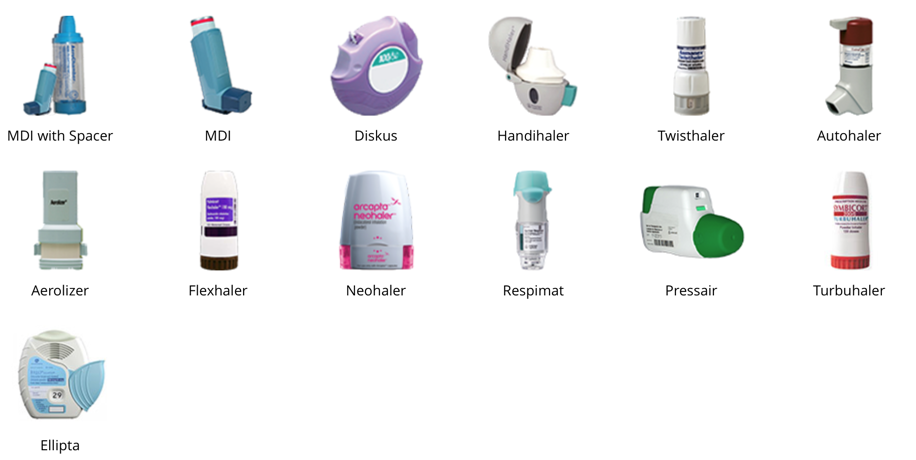
1. Turbohaler
Turbohalers use dry medications that you don’t have to manually insert yourself. They’re shaped as a tube and include a cover and a base that requires twisting in order to ready the medication inside for use.
How to use:
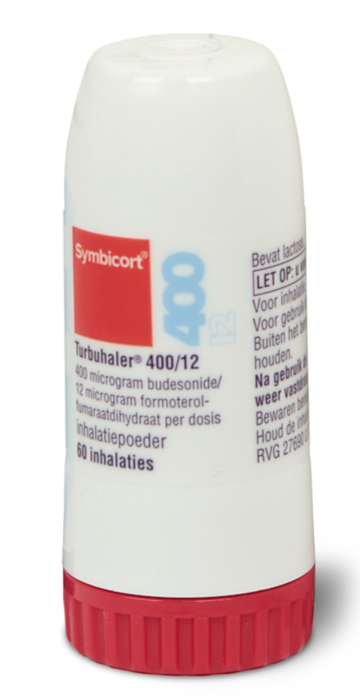
- Take the Turbohaler and remove the cap then keep the inhaler upright.
- Note: If the Turbohaler is sideways or lying down you may not get the full dose when inhaling.
- Twist the bottom part of the Turbohaler to rotate it one way, then rotate it back the opposite way. If loaded correctly, you’ll hear a click.
- Now breathe out any air from your lungs, then place the Turbohaler into your mouth. Breathen deeply so the inhaler medication enters its destination: your lungs.
- Hold your breath (for around 10 seconds if you’re able), then breathe out normally.
- Then place the cap back onto the Turbohaler until you need to use again.
2. Metered-dose Inhalers
Metered-dose inhalers use dry medications. Different from inputing capsule medications, metered-dose inhalers supply a specific amount of dry medication with every use. They often supply spacers for easier use as well.
If your child needs to use a Metered-dose inhaler or you suffer from breath shortness, you can attach spacers to the Metered-dose inhaler for easier use.
How to use:
- Remove the cap and shake your inhaler well. If you require a spacer, attach it to the end of the Metered-dose inhaler.
- Note: larger spacers come in two pieces and need to be attached (via a quick twist) before using with Metered-dose inhalers.
- Breathe out air from your lungs, lift your chin slightly to open up your airways. Close your mouth around the inhaler (or spacer attache
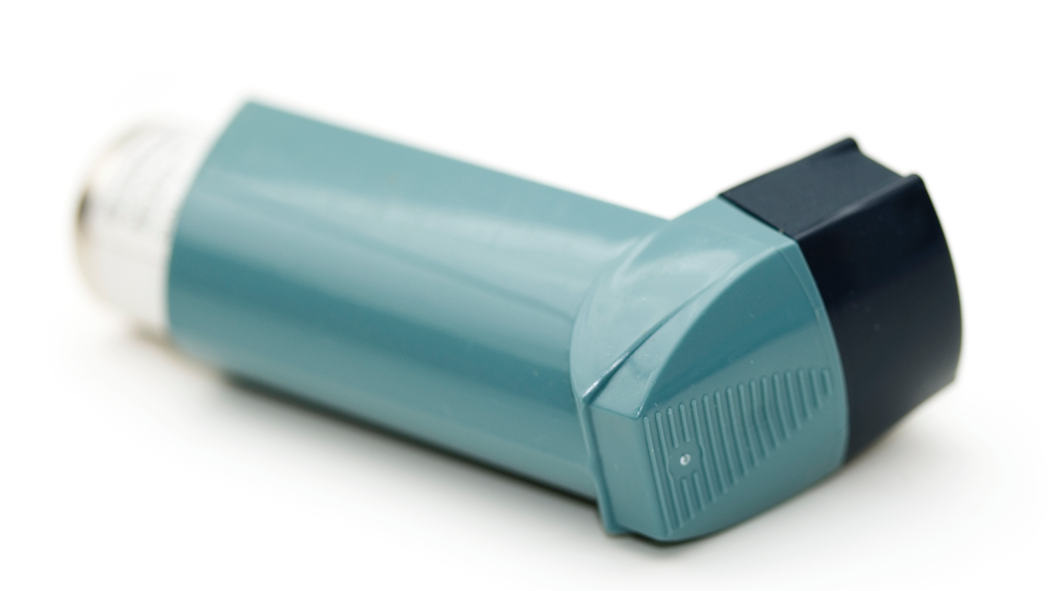 d to inhaler) and seal with your lips.
d to inhaler) and seal with your lips. - Press down on the inhaler (once) and then inhale deeply. If using a spacer, the medicine will move through the spacer and inwards to your mouth and lungs. Inhale (for around 10 seconds if you’re able) to keep the medicine in your lungs.
- Once finished, remove the spacer if applicable and place the cap back onto the lid.
3. Accuhaler
Accuhalers are a circular inhaler that use dry medication. A lever is used to prepare the medication for use and unlike other inhalers that force the medication out with a button, Accuhalers need to be sucked out by breathing in deeply. 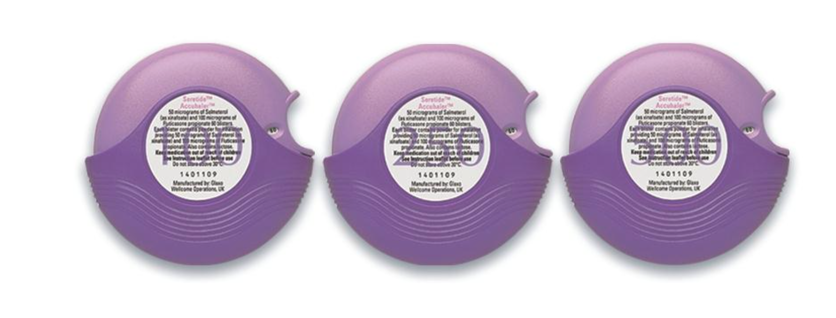
How to use:
- Slide the cover all the way with your thumb to open the Accuhaler. Press the lever all the way down in order to prepare the dosage. When its ready you’ll hear a click.
- Steady your hand — if you don’t, you may move the medication and it will not be inhaled correctly.
- Breathe out air from your lungs, lift your chin slightly to open up your airways. Close your mouth around the inhaler and seal with your lips.
- Inhale deeply, hold your breath (for around 10 seconds if you’re able) then breathe out normally.
- Then simply close your inhaler by sliding the cover back to its original place with your thumb.
4. Autohaler
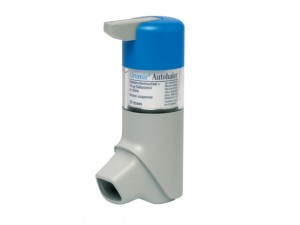
Autohalers are breath activated. This means the medication is activated from the Autohaler when you breathe in deeply once your
mouth is closed around it. There are vents on the bottom that, if covered, could cause the Autohaler to malfunction.
How to use:
- Remove the Autohaler cap and shake it well. Raise the level completely (90 degrees) so medicine will distribute when inhaled.
- Breathe out air from your lungs and lift your chin slightly to open up your airways. Close your mouth around the inhaler and seal with your lips to stop any medicine from escaping.
- Hold the Autohaler upright and don’t cover the air vents at the bottom, otherwise the inhaler will not activate correctly.
- Breathe in deeply and you’ll hear a click once the inhaler has activated and distributed the medicine. Remove the Autohaler from your mouth, exhale naturally, then press the level at the top of the Autohaler back downwards. This resets the spring mechanism that will release the medicine when you use the inhaler again.
- Then simply put the cap back on the inhaler.
5. Easyhaler
The Easyhaler requires shaking prior to use. It also has a button on the top of the haler that needs to be pressed down once in order to inhale the dry medicine inside. It is more simplistic than the other inhalers and easiest to use.
How to use:
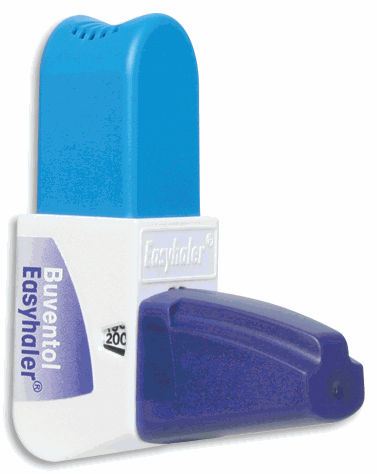
- Remove the mouth piece on the inhaler before use. Hold your Easyhaler upright, keeping your first finger on the top button. Shake your inhaler up and down, then push down on the top button once.
- Breathe air out from your lungs and lift your chin slightly to open up your airways. Close your mouth around the inhaler and seal with your lips to stop any medicine from escaping.
- Now inhale deeply. Hold your breath (for around 10 seconds if you’re able), then breathe out slowly.
- Put the mouthpiece back onto the Easyhaler and then you’re finished!
6. Respimat (SoftMist)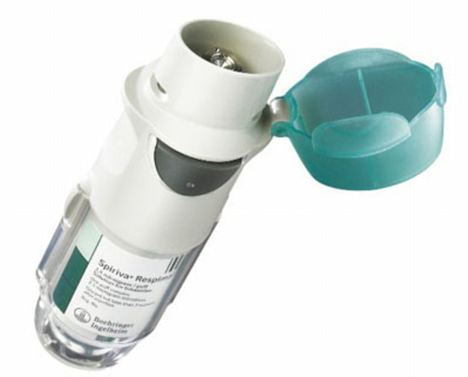
Respimat (SoftMist) uses dry medicine. It has a transparent button that needs to be twisted in order to activate the medicine while using it. It is nearly as easy to use as the Easyhaler.
- Hold the inhaler upright then twist the transparent bottom of the inhaler until it clicks.
- Breathe out completely, then open the cap of the Respimat to use. Place your lips around the inhaler, press the dose button then immediately inhale slowly but deeply.
- Hold your breath (for 10 seconds if you’re able) then breathe out.
- Then simply close the cap when finished.
7. Handihaler
Handihaler require medicine capsules to be placed within the mouthpiece for every use. It differs from the above mentioned inhalers that use dry medications only.
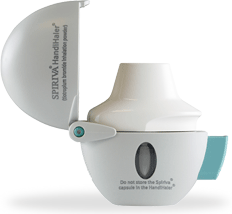 Pressing a button once on the Handihaler causes blades to pierce the capsule so when you use the Handihaler you’ll inhale a specific dosage of medicine each time.
Pressing a button once on the Handihaler causes blades to pierce the capsule so when you use the Handihaler you’ll inhale a specific dosage of medicine each time.
How to use:
- Open the cap to lift the mouth piece. Press the side button (piercing button) to release and open the cap. Then lift up the mouthpiece so you can input the medicine into the chamber underneath.
- Note: only remove the medicine from its foil when you intend to inhale the dose immediately.
- Take the medicine capsule from its casing and insert it into the chamber of the Handihaler. Close the mouth piece until you hear a click.
- Keep the Handihaler upright then press the piercing button (on the side) inwards once. It’ll pierce the medicine, allowing it to come through as you use the inhaler.
- Note: The blades inside the Handihaler will dull over time and need to be replaced.
- Place the Handihaler mouthpiece between your mouth. Inhale deeply, and you should feel or hear the capsule vibrate as the medicine is distributed to your lungs.
- Hold your breath (for around 10 seconds if you’re able) then breathe out normally. Now repeat the process of inhaling and exhaling with the Handihaler.
- When finished, open the mouthpiece, tip the medicine capsule from the inhaler and check to make sure it was pierced so you know you inhaled the medicine properly.
- If an additional dosage is needed, remove the used capsule and replace with a new one. Otherwise, close the mouth piece and cap.
8. Breezhaler
Breezhalers require medicine capsules for each use. It is an upright inhaler that has buttons on each side. These buttons need to be pressed once to pierce the medicine capsule inside, otherwise you will not inhale the dosage when you use the Breezhaler.
How to use: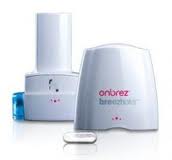
- Remove the cap from the Breezhaler then tilt the mouthpiece open. You need to use a medicine capsule for each use so remove one from its foil then place it inside the Breezhaler mouth piece. Close the mouthpiece (it’ll click when secure) then hold the Breezhaler upwards.
- Place your first finger and thumb on the two side buttons and press them inwards once. Release to puncture the medicine inside. From there, breathe out, place your lips around the mouthpiece of the Breezhaler then breathe in deeply.
- Hold your breath (for 10 seconds if you’re able) then breathe out.
- Check to see if there’s any medicine left in the capsule by opening the mouth piece. If any remains, repeat the inhaling and exhaling process. Then remove the capsule.
- Tip the mouth piece back on (it’ll click when secure) and place the cap back on when finished.
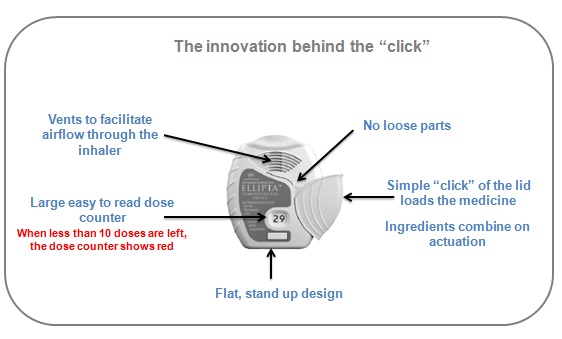
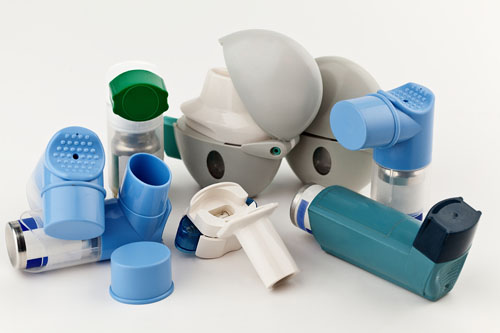
Remember:
All inhalers are different and so you need to use specific tech
niques to ensure you’re getting the most with the one you’ve been prescribed.
For more information related to have to solve the problems you have while using your inhaler, and how your pharmacist can help you fully understand your inhaler usage, check back for part 2!








